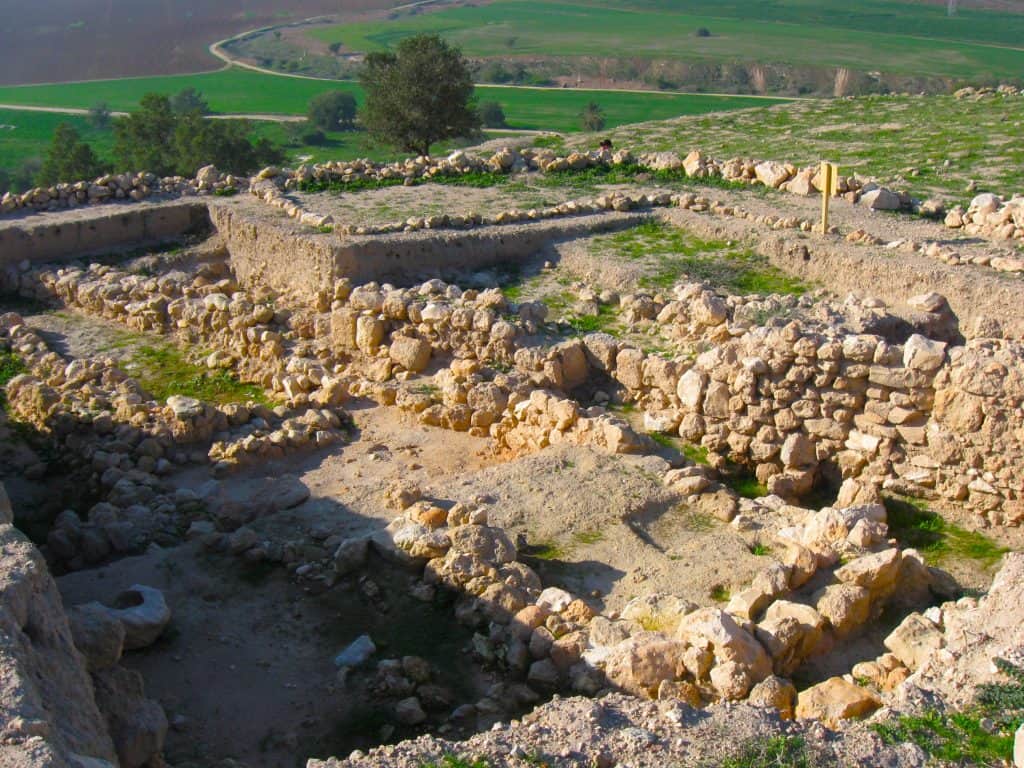Philistine Gath was an ancient city in Philistia. Approximately 30 kilometers (18.6 miles) from the Mediterranean coast. It was one of the five main cities of the Philistines, a group of people who inhabited the coastal plain of Palestine in the Iron Age.

Credit: Ori~, via Wikimedia Commons
Gath is best known for associating with the biblical figure Goliath, the giant warrior David defeated in battle. The city of Gath was a significant center of trade and culture in the ancient Near East. It was strategically located on the border between the coastal plain and the Judean hills, making it an essential hub for trade and commerce.
The city was also renowned for its skilled craftsmen and artists, who produced intricate pottery, jewelry, and metalwork. Gath was first mentioned in Egyptian sources in the 15th century BCE, during the reign of Pharaoh Thutmose III. It is believed to have been founded sometime in the 11th century BCE, during the Sea Peoples’ migrations period.
Ashkelon National Park

According to the Bible, Gath was one of the cities the Israelites conquered during their conquest of Canaan. During the 9th century BCE, Gath became a significant regional power with a formidable army and a thriving economy. During this period, Goliath, the giant warrior, was said to have lived in the city. According to the biblical account, Goliath challenged the Israelites to send a champion to fight him in single combat. David, a young shepherd boy, accepted the challenge and defeated Goliath with a slingshot and a stone.
The Assyrians destroyed the city of Gath in the late 8th century BCE and were subsequently rebuilt by the Philistines. It was later conquered by the Babylonians and then by the Persians. The city continued to exist during the Hellenistic and Roman periods but declined in importance over time. Today, the ancient site of Gath is identified with the archaeological mound of Tell-es-Safi. Now the Tel is open for visitors as Tel Zafit National Park.
Archaeological excavations have uncovered many artifacts and structures dating back to the Iron Age. These include monumental fortifications, temples, palaces, and administrative buildings. The discoveries at Gath have shed new light on the culture, economy, and politics of the ancient Philistines and have helped to reconstruct the region’s history during this period.

